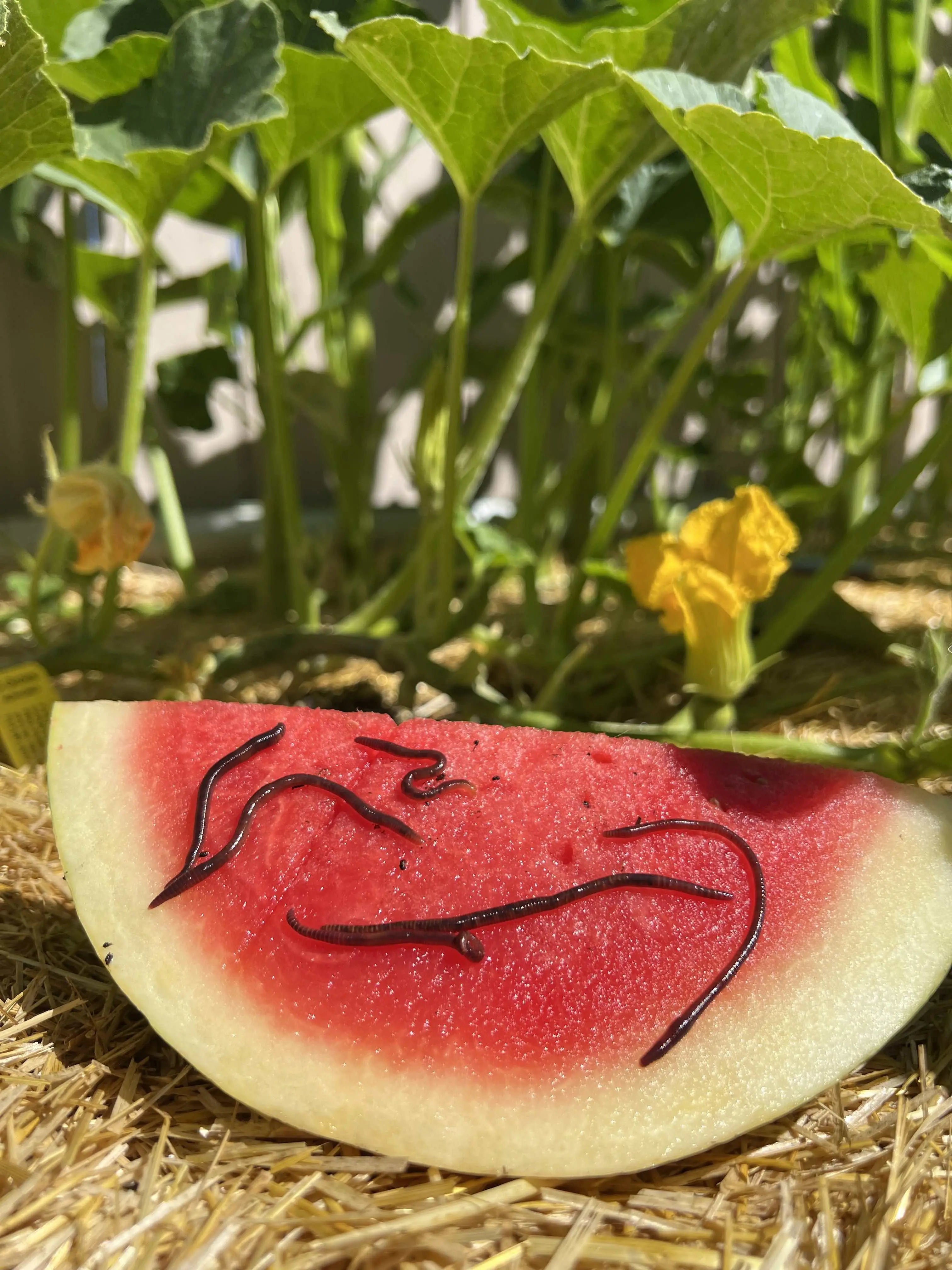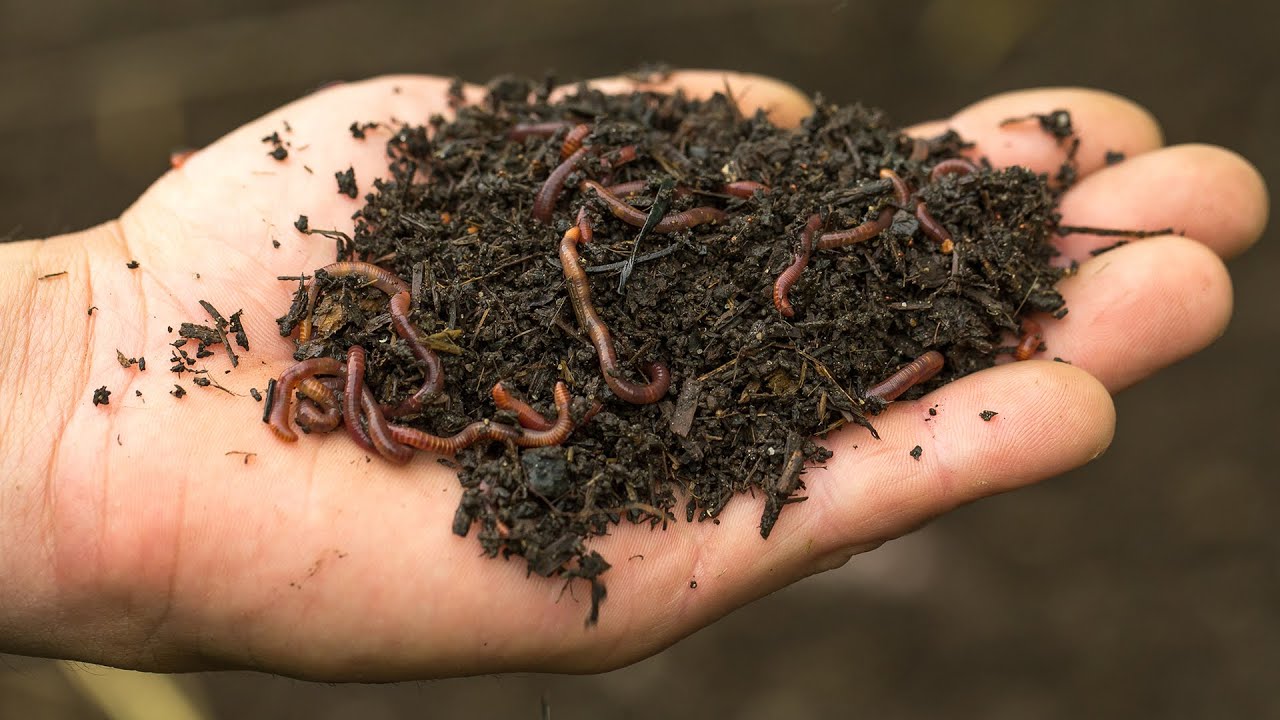Why Red Wiggler Composting is the Best Selection for Eco-Friendly Gardening
Why Red Wiggler Composting is the Best Selection for Eco-Friendly Gardening
Blog Article
Exploring the Systems of Red Wiggler Composting: A Comprehensive Guide to the Refine and Its Positive Influence On Sustainable Gardening Practices
The elaborate mechanisms of red wiggler composting, making use of the special physiology of Eisenia fetida, provide an engaging opportunity for improving sustainable horticulture practices. This procedure not only changes organic waste right into nutrient-dense vermicompost yet likewise promotes a healthier soil environment via enhanced aeration and microbial task. As urban horticulture gains grip, understanding the subtleties of this composting method becomes significantly appropriate. Nevertheless, the journey right into its myriad advantages and best practices is just beginning, triggering a better exam of how this method can reshape our gardening approaches.
Comprehending Red Wigglers
Red wigglers, medically known as Eisenia fetida, are a varieties of earthworm very concerned for their performance in composting natural waste. These worms flourish in nutrient-rich settings, particularly in decaying organic issue, making them ideal for vermicomposting systems - Red Wiggler Composting. Identified by their reddish-brown pigmentation and segmented bodies, red wigglers are smaller sized than usual earthworms, normally determining in between 3 to four inches in size
Their one-of-a-kind physical qualities enhance their composting capacities; as an example, they possess a high reproductive rate, enabling populations to multiply quickly under appropriate conditions. Red wigglers eat organic material, damaging it down via their digestion systems, which causes nutrient-rich spreadings that serve as an exceptional natural plant food. Their voracious appetite allows them to process big quantities of food waste successfully, considerably decreasing garbage dump payments.
In addition to their composting expertise, red wigglers play a crucial role in soil health. Red Wiggler Composting. They aerate the soil and facilitate the disintegration of natural issue, more improving the dirt ecological community. Comprehending the attributes and ecological benefits of red wigglers is essential for anyone looking to implement sustainable gardening practices via effective composting methods
The Composting Refine
The composting procedure entails damaging down natural products right into nutrient-rich compost, a task that red wigglers succeed at as a result of their specialized digestive systems. These worms eat food scraps, backyard waste, and various other natural issue, changing them into useful garden compost through a series of chemical and organic processes.
At first, the natural issue is blended with bedding products such as shredded paper or dried out fallen leaves, developing an ideal environment for the worms. As the red wigglers consume this mix, they break it down through their digestive tract, where microorganisms further decompose the product. This process creates warmth, promoting microbial activity, which increases decomposition.

Advantages of Red Wiggler Composting
Lots of gardeners and eco-conscious people identify the many advantages of red wiggler composting, making it a preferred choice for efficient waste administration. Among the main advantages is its capacity to dramatically lower organic waste in land fills - Red Wiggler Composting. Red wigglers efficiently damage down cooking area scraps and various other naturally degradable products, transforming them right into nutrient-rich vermicompost that improves soil health and wellness
In addition, red wiggler composting boosts dirt structure and fertility. The resulting vermicompost is including beneficial bacteria, which advertise plant development and improve nutrient retention. This natural fertilizer not only supports lasting horticulture practices but additionally minimizes dependence on chemical plant foods, fostering a healthier ecological community.
Furthermore, red wiggler composting is a space-efficient technique, making it ideal for urban gardeners with minimal area. The procedure can be conducted inside your home or outdoors, permitting year-round composting regardless of climate conditions. Red wigglers are low-maintenance microorganisms that need minimal care, making them accessible for beginner gardeners.
Basically, the advantages of red wiggler composting prolong past waste decrease; they add to much healthier dirts, sustainable horticulture methods, and environmental stewardship, placing it as an important technique in modern cultivation.
Best Practices for Composting
For effective red wiggler composting, adhering to best methods is necessary to make best use of efficiency and ensure an efficient atmosphere for these worms. This equilibrium advertises ideal decomposition and enhances the worms' wellness.
Next, monitor wetness levels, aiming for a damp, sponge-like uniformity. Overly wet problems can result in anaerobic decomposition, while extreme dry skin might hinder worm task. In addition, make sure appropriate aeration by turning the garden compost consistently, which aids avoid compaction and permits ample oxygen flow.
Temperature level is another vital factor. Maintain a variety of 55 ° F to 77 ° F(13 ° C to 25 ° C) to advertise worm activity and microbial growth. Finally, stay clear of introducing meat, milk, and oily foods, as these can draw in bugs and create odors.
Enhancing Sustainable Horticulture
Lasting horticulture symbolizes an alternative method that harmonizes ecological concepts with sensible horticulture methods. By including methods such as red wiggler composting, gardeners can substantially boost their practices, cultivating a more resilient ecological community. Red wigglers, renowned for their reliable decomposition capacities, transform organic waste right into nutrient-rich garden compost, thereby improving the soil without counting on chemical plant foods.
Implementing website here sustainable horticulture techniques, such as plant rotation, companion planting, and mulching, further matches the benefits of composting. These practices not only boost dirt structure and fertility but likewise promote biodiversity, bring in helpful insects and microorganisms that add to plant health. Moreover, making use of indigenous plants can minimize water consumption and reduce maintenance, straightening with water preservation initiatives.

Verdict
In verdict, red wiggler composting represents an essential approach for improving sustainable horticulture techniques. The effective food digestion of natural waste by Eisenia fetida not only produces nutrient-rich vermicompost Read Full Report however likewise fosters better soil wellness and structure. By promoting cardio decay, this technique decreases odors and waste while decreasing dependency on chemical plant foods. Inevitably, the adoption of red wiggler composting can dramatically add to environment-friendly gardening, benefitting both urban and newbie gardeners in their farming initiatives.
The complex mechanisms of red wiggler composting, using the one-of-a-kind physiology of Eisenia fetida, present an engaging avenue visit site for improving sustainable horticulture techniques. Recognizing the qualities and environmental benefits of red wigglers is important for any person looking to implement sustainable gardening methods via efficient composting techniques.

In conclusion, red wiggler composting stands for a vital approach for improving sustainable gardening practices. Eventually, the fostering of red wiggler composting can substantially contribute to environmentally friendly horticulture, profiting both urban and novice garden enthusiasts in their growing efforts.
Report this page